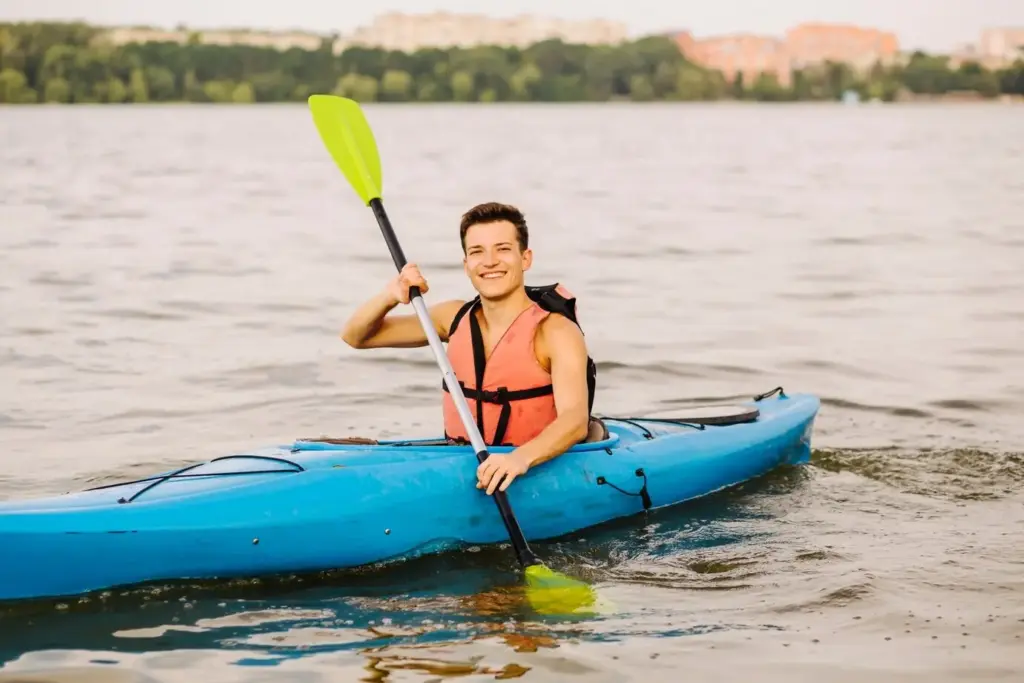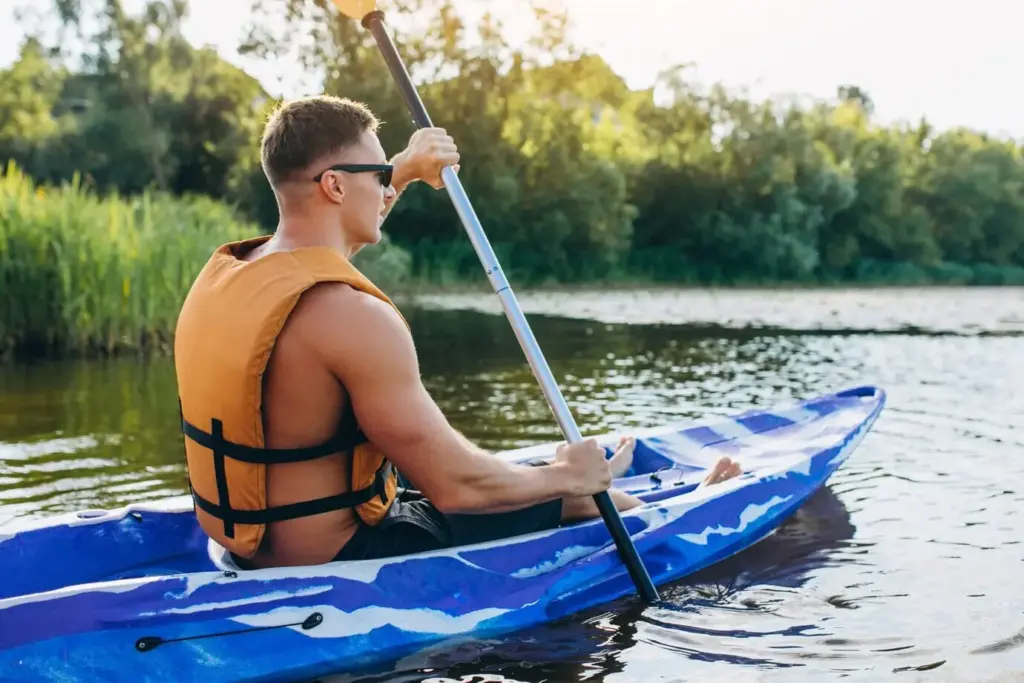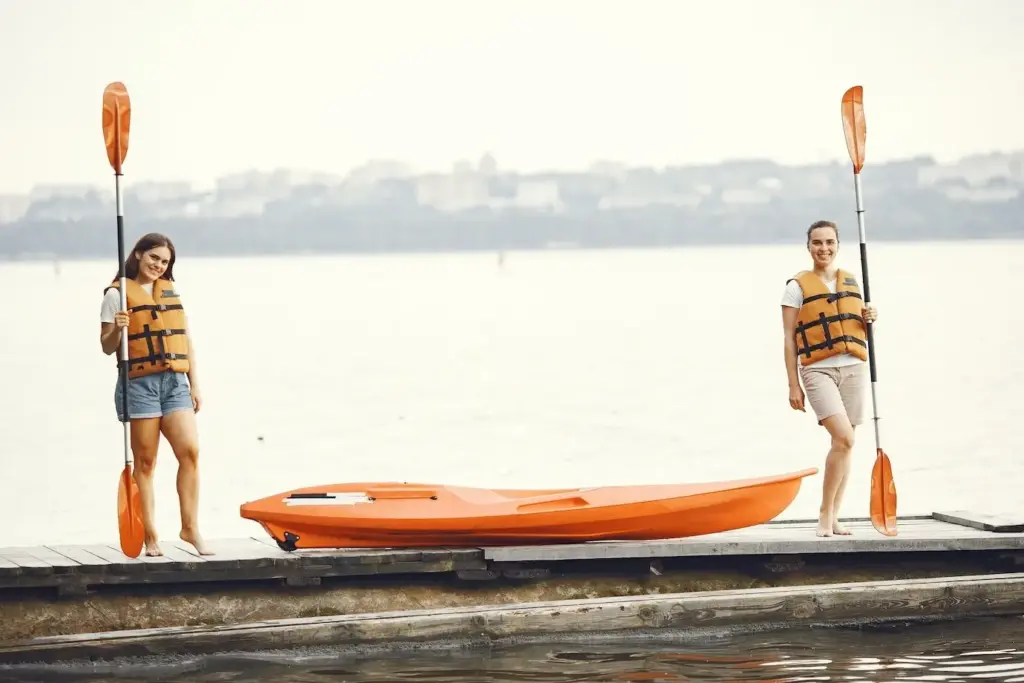Stay Warm, Paddle Strong: Mastering Cold-Water Readiness
Build Your Cold-Water Clothing System
Layering That Works When It Matters
Use a moisture-wicking base to move sweat away, a high-loft mid-layer to trap warm air, and a protective shell to block wind and spray. Wool and modern synthetics maintain insulation when damp, while cotton becomes dangerously heavy and cold. Test your setup in controlled conditions, practicing swims near shore with partners ready. Pay attention to cuffs, neck seals, and torso length that prevents cold gaps while seated. If you shiver early or feel clammy, refine choices before committing to serious mileage.
Drysuit Versus Wetsuit: Choosing for Conditions
Drysuits shine when air and water are both cold, offering windproof protection and customizable insulation beneath. Wetsuits work by trapping a thin water layer warmed by your body, excelling during highly active sessions and surf. Consider immersion duration, wind speed, and remoteness; the colder and more isolated, the more a drysuit earns its weight. Do not forget extremities: neoprene hoods, gloves, and booties dramatically extend comfort. Try both systems during short, supervised immersions to learn how your body responds and what actually keeps you warm.
Fit, Mobility, and Field Testing
Range of motion determines whether you can paddle efficiently, brace assertively, and climb back aboard without exhausting effort. Seek snug, not restrictive, fits that prevent flushing yet allow athletic movement. Check wrist and neck seals for comfortable compression, and evaluate torso length to avoid tugging during torso rotation. Practice re-entries wearing full gloves and boots because fine motor skills change in cold water. A ten-minute shoreline swim with partners watching can reveal chafe points, poor insulation choices, and surprising leaks before they become emergencies.
Understanding Cold Shock and Hypothermia
The First Minute: Cold Shock Response
Immersion triggers a reflexive gasp and hyperventilation that can sink judgment and control. Your job is to float first, stabilize breathing, and let the initial shock pass before attempting complex tasks. Keep your airway clear, hold onto your craft, and avoid frantic movements that waste heat. A practiced mantra helps: pause, breathe, float, then act. Well-fitted PFDs and familiar clothing reduce chaos during those crucial seconds. Train deliberately so your body recognizes a routine, replacing fear with practiced calm and repeatable decisions.
The Ten-Minute Window: Functional Impairment
Within minutes, dexterity and grip degrade, turning simple buckles and sprayskirts into stubborn puzzles. Expect reduced power during re-entries, slower strokes, and clumsier paddle handling. This is why streamlined systems matter: fewer steps, larger pull tabs, and rehearsed muscle memory. If you cannot self-rescue quickly, switch to flotation, signaling, and teamwork. Assign roles before launching so partners know who stabilizes boats, who tows, and who communicates. Efficiency beats heroics, especially when fingers are numb and time shrinks faster than confidence grows.
Rescues You Should Practice Before You Need Them
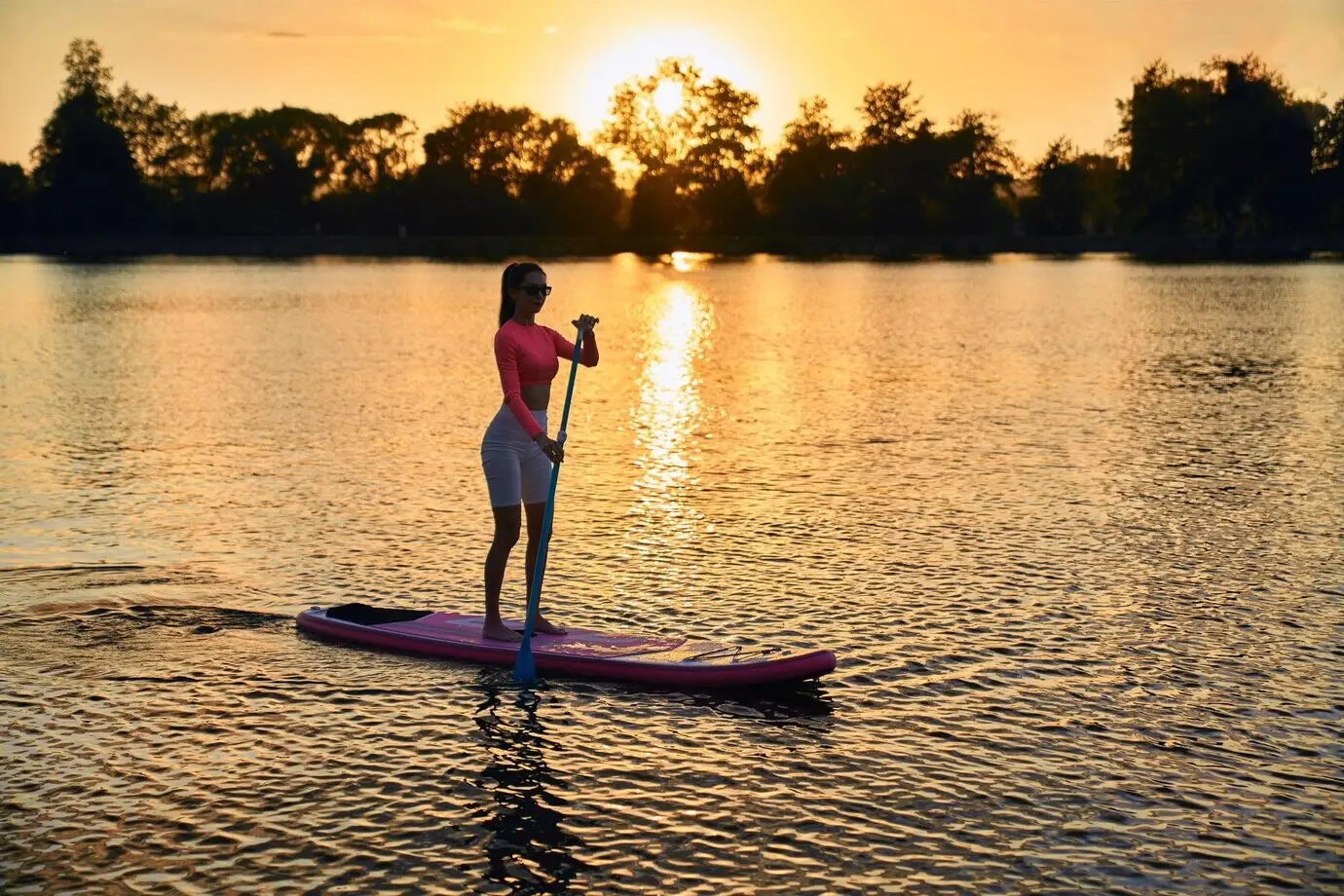
Solo Re-Entry Routines That Respect Cold Limitations
Master paddle-float and heel-hook variations that demand fewer precise finger movements. Keep a stirrup ready for days when boots feel like anchors. Streamline deck layouts so essential items live within one reach. Practice capsizes near shore, then re-entries with partners shadowing you. Count your breaths aloud to regulate effort. If self-rescue fails quickly, transition to floating, signaling, and waiting for assistance, reducing heat loss through frantic thrashing. Building honest personal timelines turns vague confidence into realistic, cold-tested capability when seconds genuinely matter.

Partner-Assisted Rescues and Smart Tows
Agree on contact and in-line tow setups before launching, testing quick releases with numb fingers. Practice T-rescues and heel-hook assists while managing wind drift and boat orientation. Stabilize from the bow for calmer platforms. Wrap the swimmer fast in spare insulation or a storm cag after re-entry, protecting against wind. Keep commands simple and consistent, using names and eye contact. Rotate roles frequently so everyone gains competence. Efficiency, not heroics, preserves energy for the next challenge and keeps the group’s warmth bank balanced.
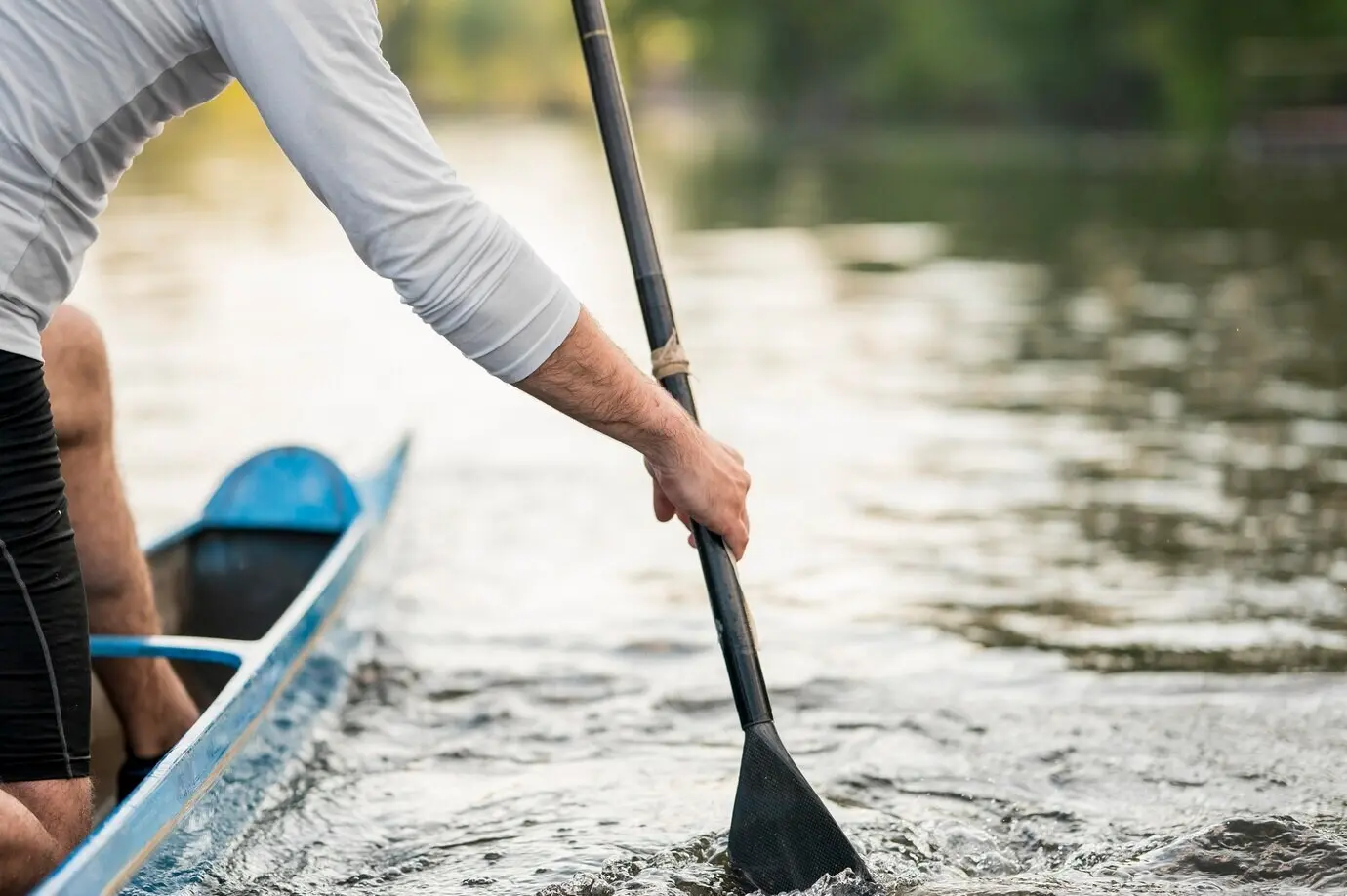
Rolling, Bracing, and Staying Upright
Preventing the swim is golden in cold seasons. Build low and high brace readiness, deepen edging control, and develop a reliable roll that expects gloves, hood, and heavy layers. Practice in progressive conditions rather than chasing perfection in pools only. Focus on head position, hip snap, and relaxed wrists that avoid strain. Accept occasional swims as information, not failure, and log what changed your confidence. The best rescue is staying in the boat, conserving heat, and maintaining control when winter water tests every small habit.
Nutrition, Heat, and Sustainable Energy
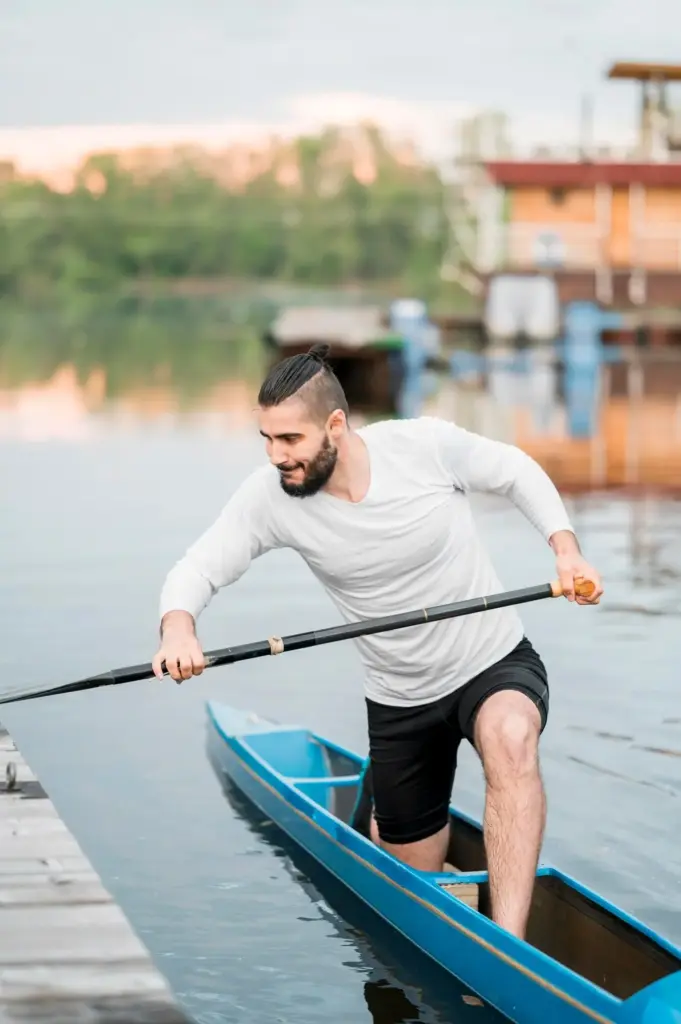

Pre-Paddle Fuel and Hydration That Last
Eat a balanced meal rich in complex carbohydrates, moderate protein, and some fats two to three hours before launching. Aim for hydration that starts the night before, not chugged hurriedly at the shoreline. Limit diuretics that can force cold breaks at inconvenient times. Pre-warm fluids in an insulated bottle to encourage steady sipping. If you are prone to bonking, add a small, easily digestible snack fifteen minutes before launch. Arriving warmed, fueled, and calm makes the first mile productive instead of shivery and uncertain.
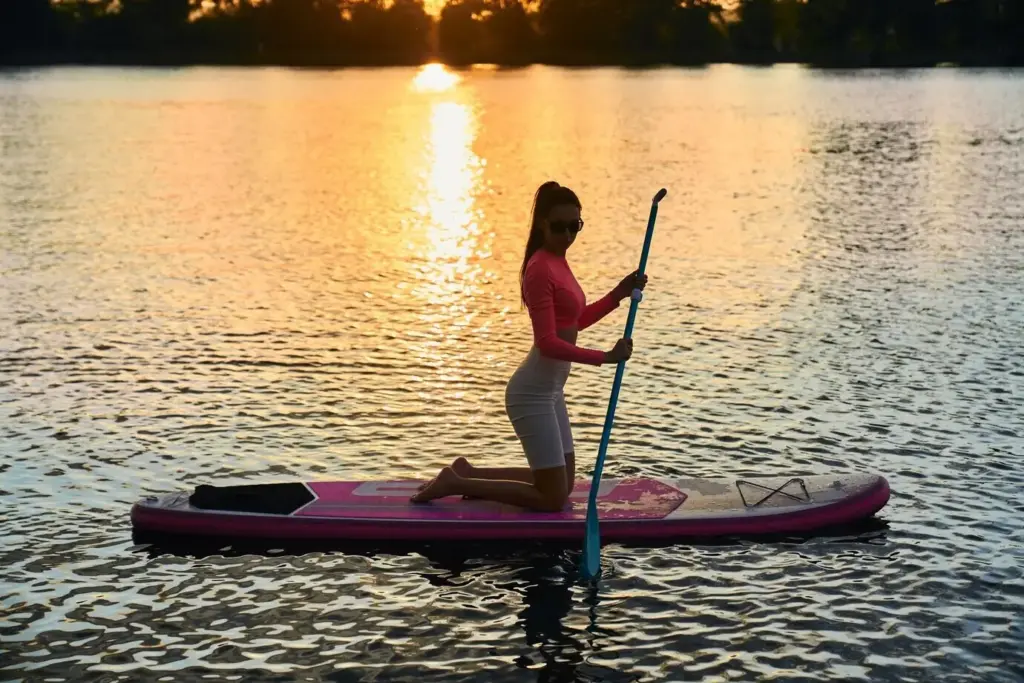
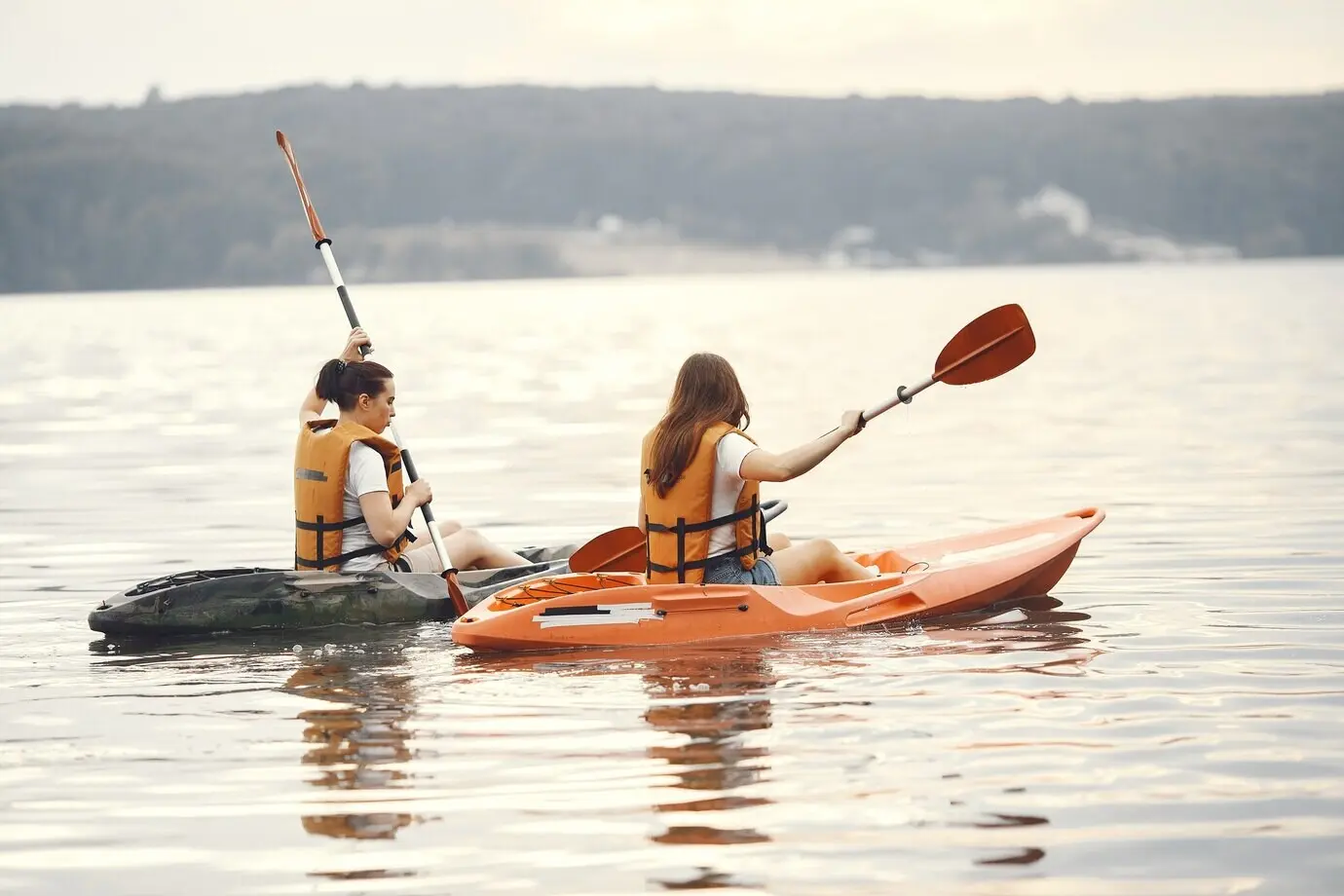
On-Water Calories You Can Access With Numb Hands
Choose pocket-friendly snacks that tolerate spray and open easily with gloved fingers: soft energy chews, nut butters in flexible packets, and dense bars pre-cut into bite sizes. Schedule micro-fuels every thirty to forty minutes, paired with warm sips. Keep a thermos accessible without dismantling deck rigging. Sweet, warm drinks provide quick comfort and morale, especially after unexpected immersion. Practice grabbing items without stopping fully, staying attentive to waves and partners. Reliable on-water nutrition keeps strokes smooth when cold headwinds turn simple miles into stubborn slogs.
All Rights Reserved.
